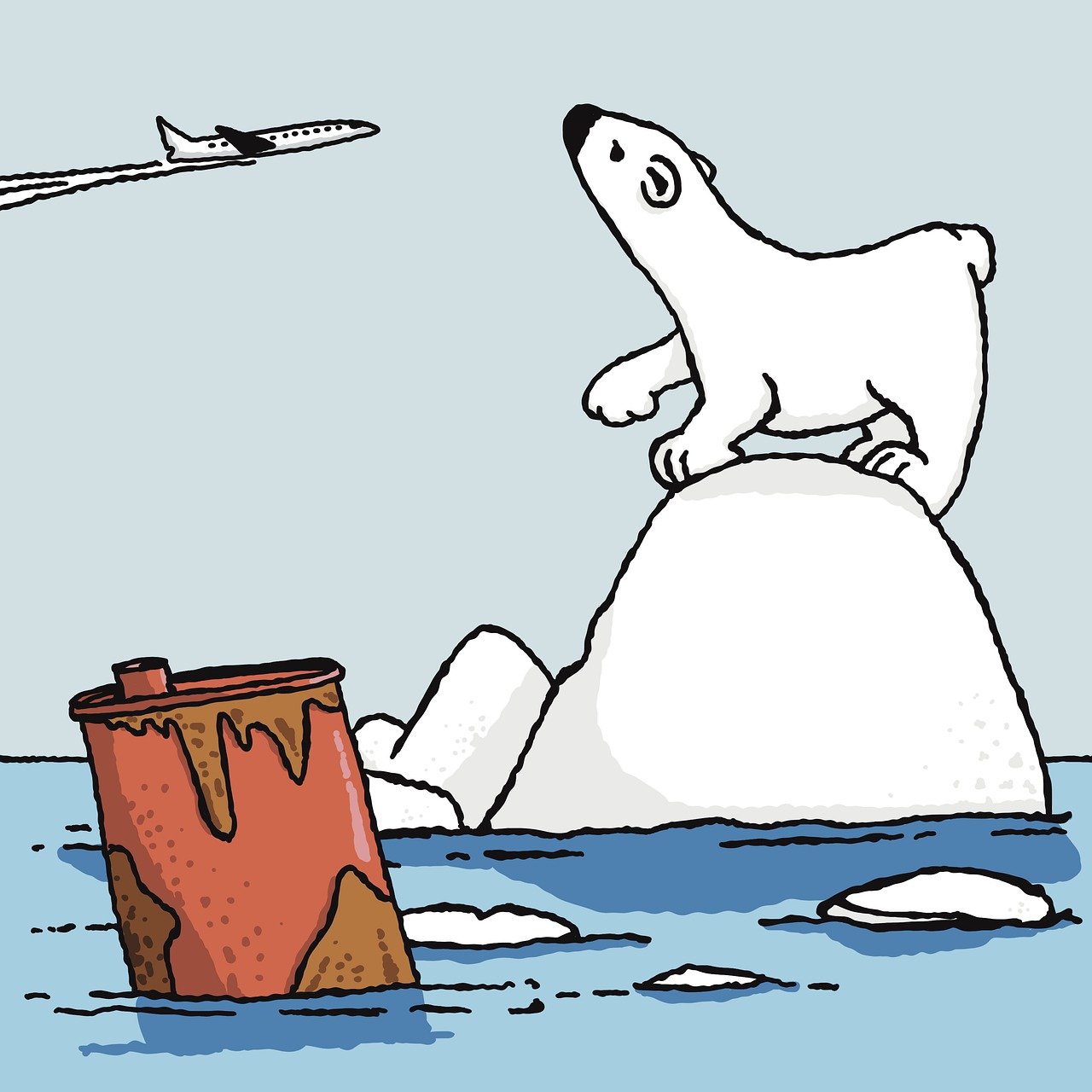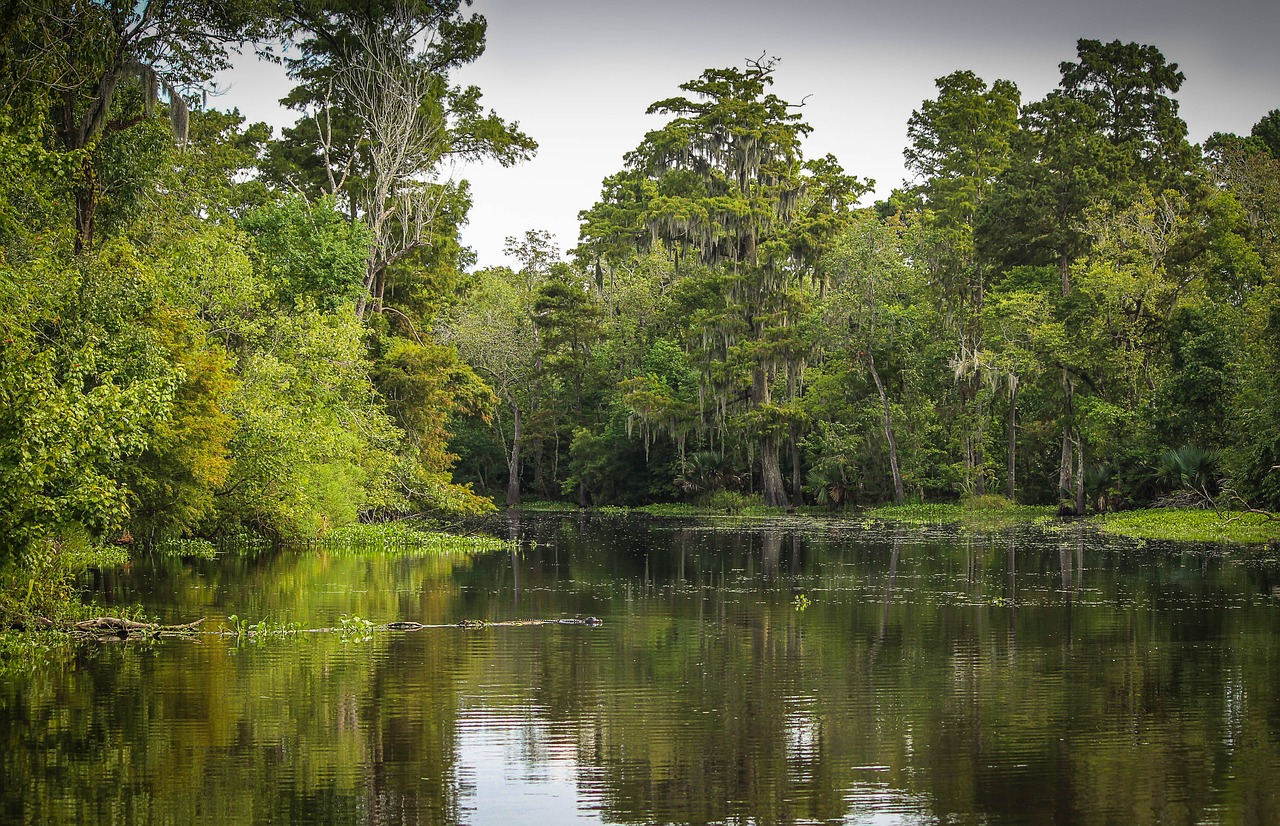
The environmental impact of river erosion is evident through floods, sinkholes, landslides, etc.
Fluvial erosion is an expression that refers to the deterioration or alteration that is evident in a landscape as a result of the action of rivers that flow through a certain area. It is common for the Earth's crust to undergo modifications due to sediments, humidity and other issues linked to the aquatic environment and the energy of water.
It is important to keep in mind that, sometimes, superficial erosion occurs (without reaching depths but exposing underground elements from a flow of water capable of dissolving clay and solids) and, in other circumstances, erosion of channel bottom (generated by resources dragged by water that directly impact the bottom of a channel). When analyzing origins and modes of action, meanwhile, a distinction is made between localized erosion , erosion due to channel curve , general erosion and erosion due to channel narrowing .
Nor should we lose sight of the instances of the phenomenon, since there is a mechanical phase (in elevated areas of a river exposed to more significant wear ), an intermediate phase (portion where effects of erosion are still detected but in a settlement of the worn materials) and a sedimentary phase (in the last section of a river channel, with greater sedimentation and giving rise to the modeling of geological structures).
River erosion processes
River erosion processes , one of the modalities recognized within water erosion , encompass multiple realities and phenomena.
It is present, to point out a specific case as a reference, trawling , an action that in this context causes a transport of sediments that is directly related to the emergence of meanders . Another driver of change in a relief is weathering , the name given to a series of phenomena based on the disintegration of rocks under the influence of the sun, wind, rainwater, environmental humidity and rivers. A distinction is made here between physical weathering (due to alterations in humidity or temperature levels and biological activity), chemical weathering (caused by gaseous agents of the atmosphere or by the action of water) and biological weathering (caused by various types of living beings that end up modifying rocks).
The constant collision of particles in a liquid or solid state against a surface, meanwhile, generates wear due to erosion on it to a greater or lesser extent. There is also corrosion as a consequence of erosion .
Losses of materials and damage to surfaces can also arise from cavitation erosion , while abrasion is another example of an erosive process that affects river currents.

There are multiple types of erosion, including so-called glacial erosion.
River dynamics
In river dynamics , an essential notion when studying hydrology and hydrography , super-relevant processes are recognized for planning basins or carrying out infrastructure projects.
Placing our gaze on fluvial geomorphology (a discipline that emphasizes reliefs, formats and geographical features that arise on land surfaces as a trace of the presence of a river) we can see that continental waters are linked to situations of sedimentation and erosion . To understand the matter in more depth, it is convenient to know about water dividing lines , fluvial regime (conditioned by the relief, human intervention, vegetation, geology, the temperature that predominates in a basin and by the rainfall regime), flow. and river bed , hydrographic basin (this is the name given to the continental terrain that is characterized by having a specific natural drainage) and drainage basin .
sediment transport ; the cut and fill resource that contributes to the identification of, in the valley of a given river, spaces of sedimentation and erosion ; change of channel ; Alluvial deposits and river terraces also come into play when talking about river dynamics .

Shallow standing water or saturated soils give rise to wetlands known as swamps.
Determining factors for river erosion
There are various determining factors for river erosion . Listing and classifying them helps to understand how it is generated and what are the characteristics that identify this phenomenon.
In addition to the particularities of the rivers, it is useful to analyze the characteristics of the soils, learn about geology and learn to differentiate between rocks . In this regard, it is worth mentioning that there are sedimentary rocks , igneous rocks and metamorphic rocks .
Certain activities of human beings, the presence of vegetation , climate and precipitation are also influenced.
Unfortunately, river erosion has a serious impact on the environment and public infrastructure due to damage to roads, bridges, etc.; for causing water pollution and altering water courses , among other consequences. Climate change , meanwhile, is closely linked from science to the increase in river erosion . As proposals to try to stop or keep under control the process of soil degradation, vegetative barriers (which make the consolidation of banks and terraces easier, as well as even contribute to reducing runoff ), reforestation tasks and systems are relevant. drainage .
